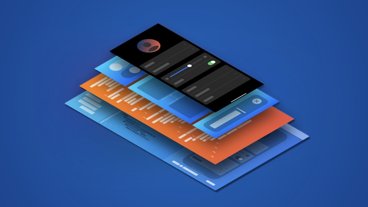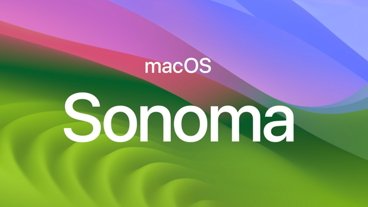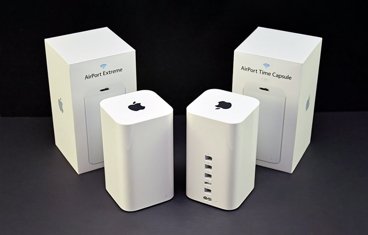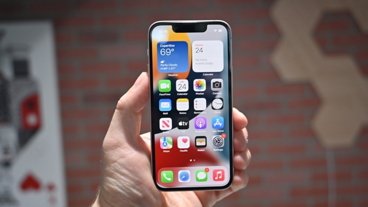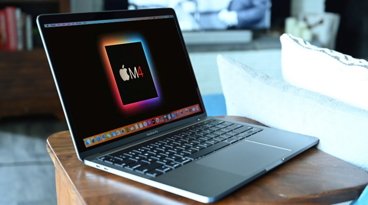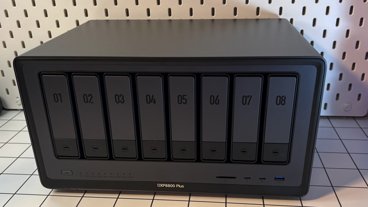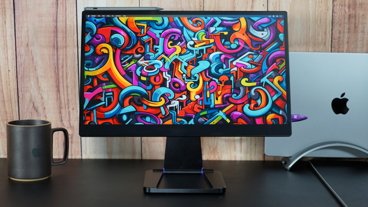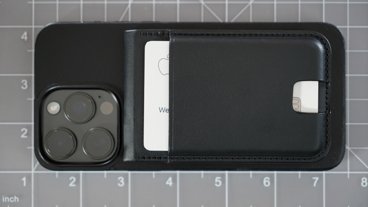Nvidia 1080ti with new drivers in external enclosure quadruples MacBook Pro native performance
Enthusiasts have wasted no time in testing the new Nvidia Pascal video card drivers, and have found external GPU performance nearly four times that of the Radeon Pro 450 in the 15-inch MacBook Pro.
External GPU enthusiast site egpu.io has affixed a GTX 1080 Ti to an AKiTiO Note and Mantiz Venus enclosure — similar to that used for AppleInsider testing in January. While the cards may be hamstrung slightly by the Thunderbolt 3 interface not being as fast as a 16x PCI-E slot, the results are nonetheless impressive.
In a best-case scenario utilizing benchmarks, the 15-inch MacBook Pro with Radeon Pro 450 scores 5822 on the Luxmark 3.1 benchmark, with the Radeon Pro 460 scoring 6056.
An external GPU feeding video back to the screen of the same MacBook scores 22,673 with a Nvidia GeForce GTX 980 Ti, and 23,172 with the newly enabled 1080 Ti. At this time, the group does not have the new Nvidia Titan Xp video card for testing.
Other benchmarks have similar gaps in performance. the Valley 1.0 test scores 706 on the Radeon Pro 450, and 2353 with the 1080 Ti on the internal display — climbing to 3031 on an external.
The Heaven 4.0 test scores 360 on the Radeon Pro 450. Demonstrating what can happen when Thunderbolt 3 bandwidth is constrained, the Heaven 4.0 test on the 1080 Ti routed to the internal display measures 1422, but nearly doubles to 2640 when sent to an external display.
Also recently discovered by eGPU.io is the fact that on the 13-inch MacBook Pro with Touch Bar, the Thunderbolt 3 controllers are attached to the PCH-H controller. As a result, available bandwidth to Thunderbolt 3 devices can be constrained by other components connected through the PCH-H controller — including the flash storage on the computer.
On the 15-inch MacBook Pro with Touch Bar, the Thunderbolt 3 controllers are directly connected to the CPU, eliminating any possible bottleneck through the PCH-H controller.
AppleInsider's own testing on eGPU suitability for users will continue with a Mantiz enclosure, and a casing from Bizon.
 Mike Wuerthele
Mike Wuerthele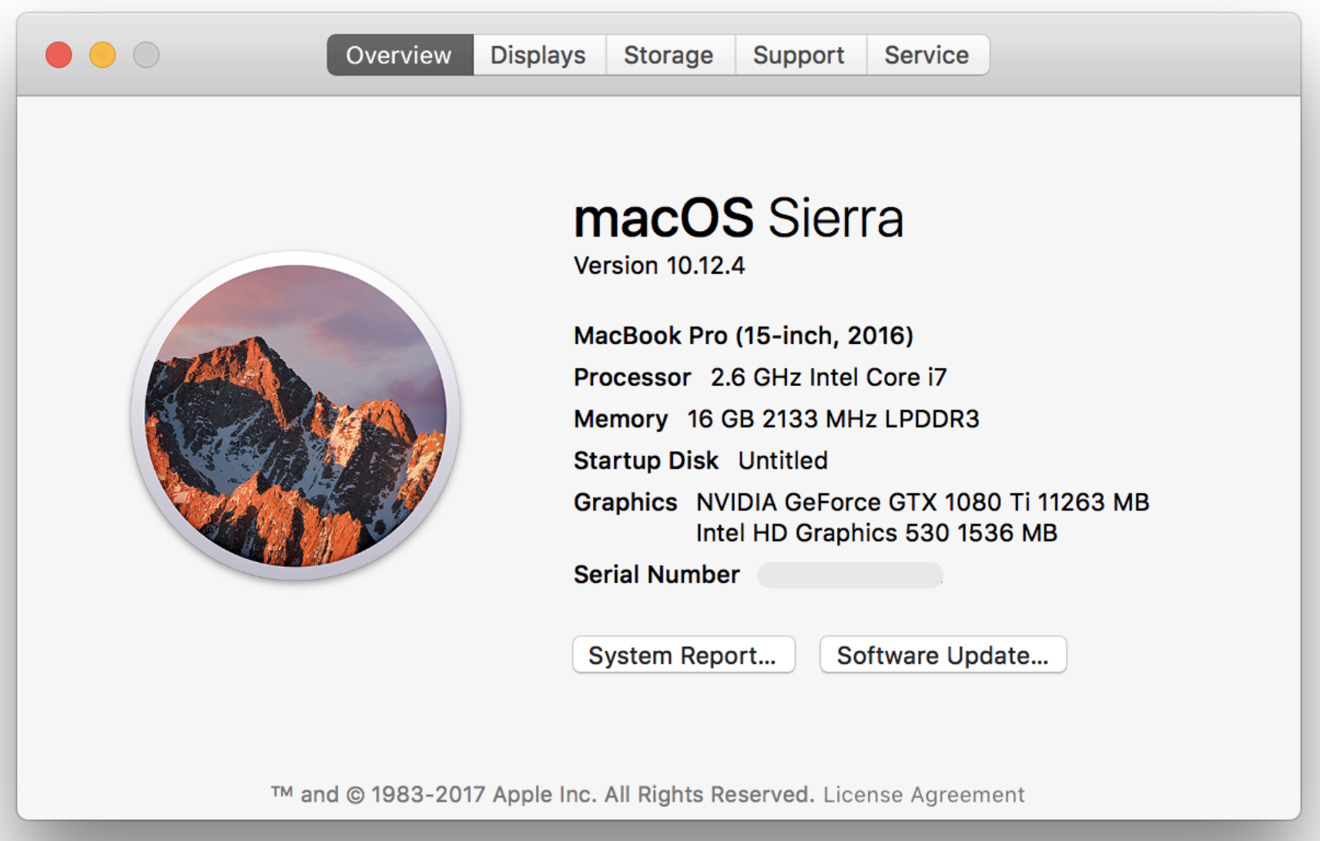

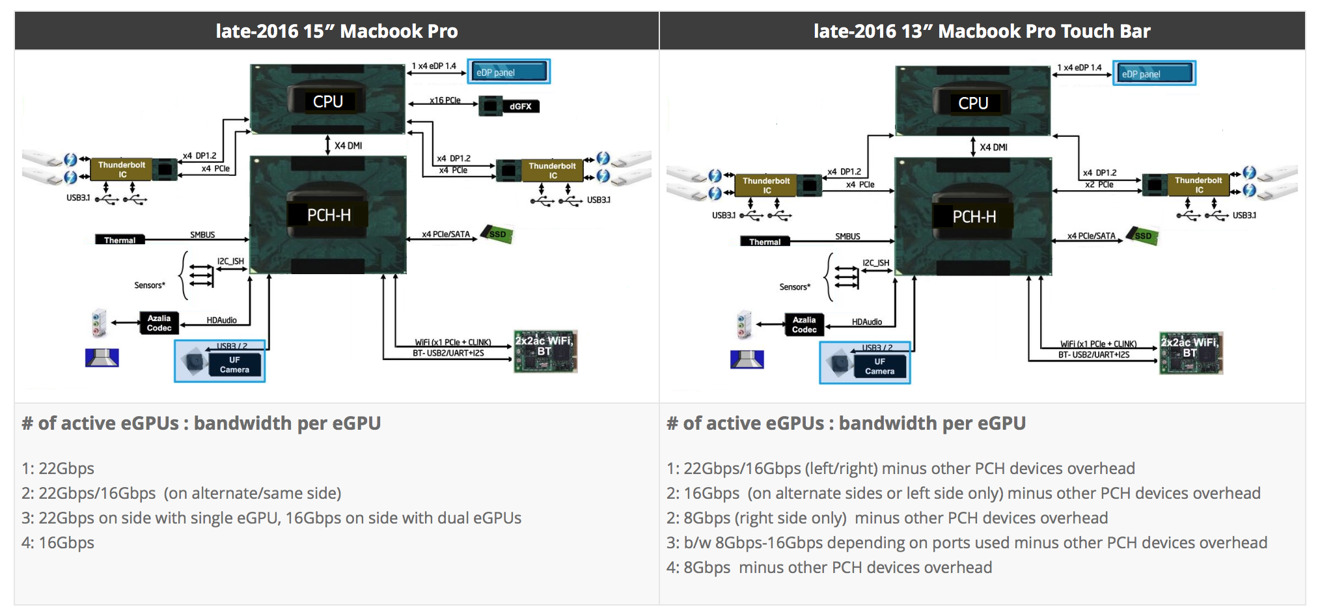
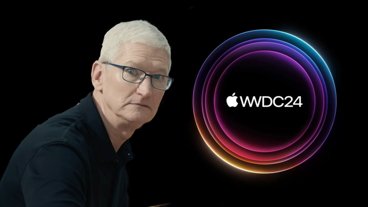
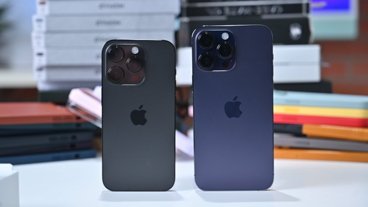


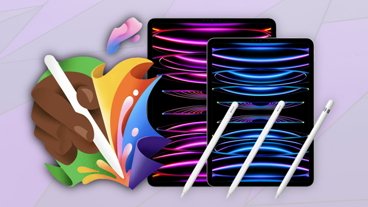

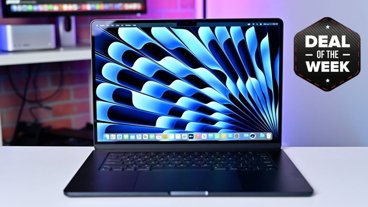
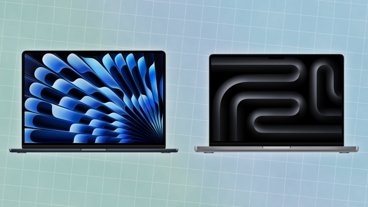
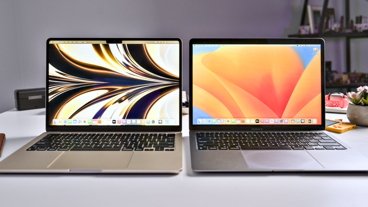
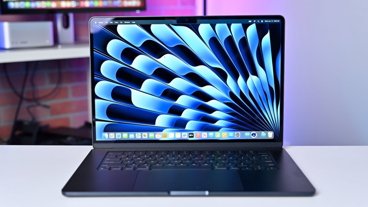
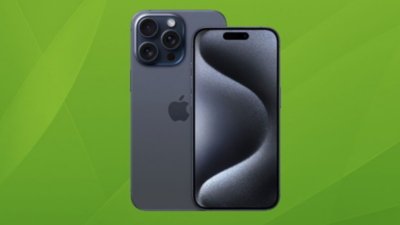
 Chip Loder
Chip Loder
 Andrew Orr
Andrew Orr
 Marko Zivkovic
Marko Zivkovic
 David Schloss
David Schloss

 Malcolm Owen
Malcolm Owen

 William Gallagher
William Gallagher